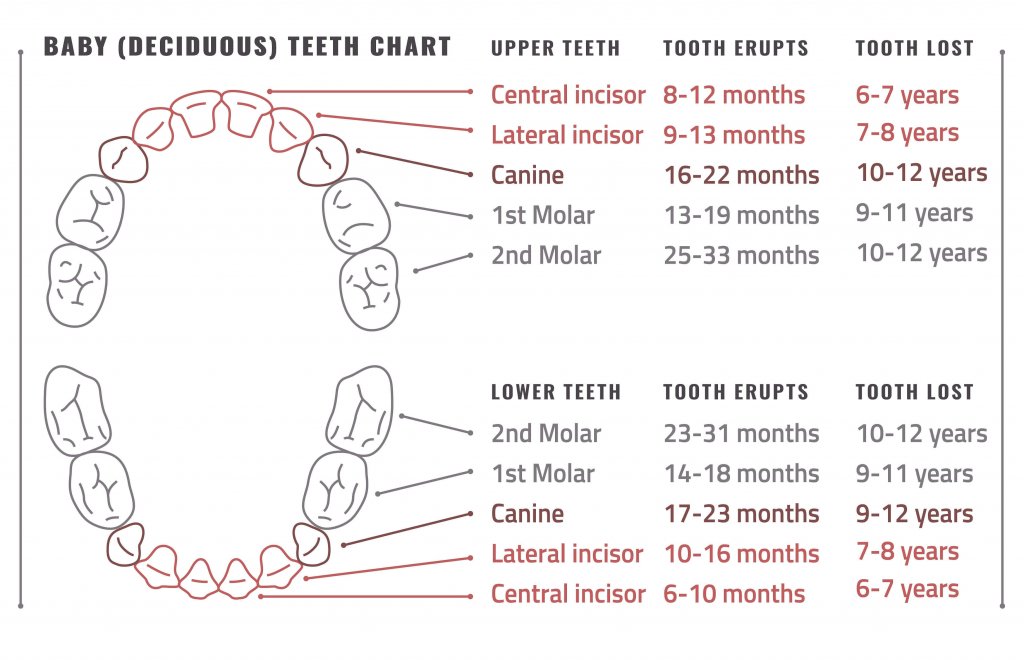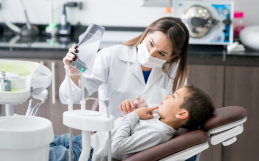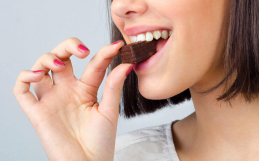Teething Facts & Tips
When babies and toddlers are cutting their new teeth, this can be a time of stress and concern for many parents.
It can be hard for moms and dads to see their children in pain and discomfort. Often teething goes hand-in-hand with broken sleep for everyone.
Below are some helpful facts and tips about teething, to help you get through this difficult stage.
What Is Teething?
Teething occurs when the baby teeth start to erupt or break through the gums.
The effects of teething is different for every child. Some babies breeze through cutting their teeth, while other babies experience pain and discomfort.
How Do I Know My Baby Is Teething?
Teething typically starts around three months of age, or about two months before the first teeth appear.
Babies may exhibit some, or all, of these signs:
- Fingers in the mouth
- Increased drooling which can lead to a cheek rash
- Acting fussy, irritable, or have difficulty sleeping
- Loss of appetite
- Mild fever
- Discomfort or sensitivity of the gums
It is important to know that a high fever (101℉ or higher), diarrhea, cough, and vomiting are not signs of teething. If your baby is experiencing any of these symptoms, we recommend that you consult with your pediatrician.
Teething Chart
Eruption Chart for Baby Teeth
The first teeth to erupt are typically the bottom front teeth and they usually appear around six to eight months of age. All 20 baby teeth are typically present by the time the baby is 24-28 months.
Teething Tips
Massage the Gums
Gently massaging the baby’s gums can help to relieve the discomfort and pain. You may think that massaging the gums will cause more discomfort, but the opposite is true, and a massage can provide some pain relief. To massage the gums, be sure that your finger is clean and use a cool, clean, damp, soft, washcloth.
Teething Rings
Teething rings, that you can place in the refrigerator, will help to provide cooling relief to the baby’s gums as they chew.
Facial Cream
Applying baby facial cream can help to soothe red cheeks that have been irritated by the drooling.
Numbing Gels
Avoid numbing gels. The FDA cautions against the use of numbing gels as, in rare cases, it can cause a potentially fatal condition called methemoglobinemia that reduces oxygen to the baby’s bloodstream.
Pain Medication
Pain medication should only be taken orally under the direction of your pediatrician. Proper dosage needs to be followed.
It’s important to look after your children’s baby teeth and make sure their gums are healthy as well. Here at Simon Pong we offer safe and calm dental appointments for your child to stay . Find out more about our child-friendly dentistry.





